I have always insisted on holding Bitcoin, and as an ordinary person, I currently own over 400. My goal for the next three years is to hold enough to have 1,000 BTC!
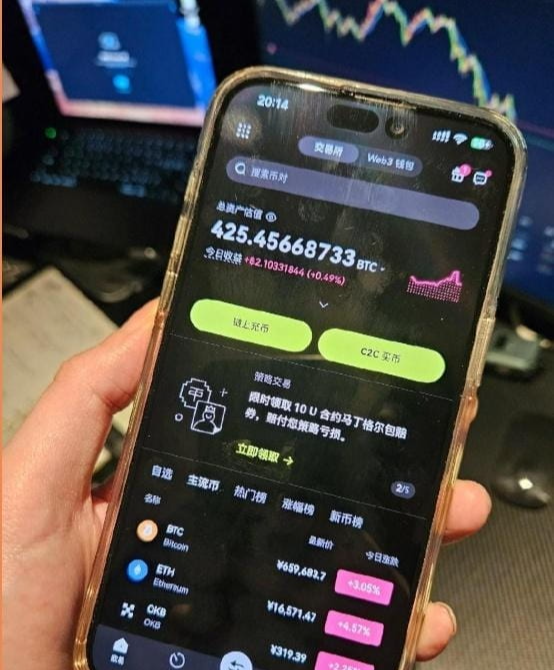
Why everyone should own a BTC (worth reading several times)
Three reasons:
The first reason is that during a VIP membership communication over the weekend, we chatted for almost 40 minutes. In the end, he mentioned that after so many years of operations, the returns are not as good as just holding coins. He said he entered the circle in 2016 and at that time had 400 Bitcoins and 100,000 LTC. His understanding was not sufficient back then; he might have sold when Bitcoin increased by 5 times. If he had just held on, he would be financially free now. However, it has already been 25 years, and after 7 years, he doesn’t have a single Bitcoin left, which he finds very painful (though it may not be pain, just dissatisfaction).
I said that it's really better to hold onto Bitcoin. Otherwise, 400 Bitcoins would now be worth over 32 million US dollars, LTC is currently over 80 dollars, making LTC worth over 8 million dollars. Together, that would be assets of 300 to 400 million, allowing for an early retirement to travel the world.
The second reason is that I have recently been thinking about how high BTC can go this time. I even estimated how high the next wave can reach, and how much time is left for ordinary people to have a chance to buy one BTC.
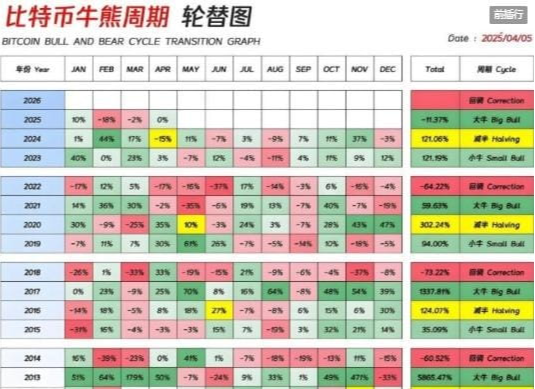 Assuming this wave can reach 200,000 US dollars, that would be about 1.4 million yuan. This bear market may correct 50%-60%, which means the bottom range is between 560,000 and 700,000. The next bull market could see a peak of 500,000 US dollars, which is about 3.5 million yuan, and if it corrects 50%, that would be 1.75 million yuan. This means that after this wave of bull-bear transition, it will be very difficult for an ordinary person to buy one Bitcoin. For a typical individual, such as a delivery driver or an ordinary salaried worker earning 100,000 a year, they would need to work for 17 years without eating or drinking to afford a Bitcoin priced at 1.75 million. However, BTC keeps rising, and you certainly can't keep up with that pace. Therefore, after this wave of bull-bear transitions, it will be nearly impossible for an ordinary person to own one BTC.
Assuming this wave can reach 200,000 US dollars, that would be about 1.4 million yuan. This bear market may correct 50%-60%, which means the bottom range is between 560,000 and 700,000. The next bull market could see a peak of 500,000 US dollars, which is about 3.5 million yuan, and if it corrects 50%, that would be 1.75 million yuan. This means that after this wave of bull-bear transition, it will be very difficult for an ordinary person to buy one Bitcoin. For a typical individual, such as a delivery driver or an ordinary salaried worker earning 100,000 a year, they would need to work for 17 years without eating or drinking to afford a Bitcoin priced at 1.75 million. However, BTC keeps rising, and you certainly can't keep up with that pace. Therefore, after this wave of bull-bear transitions, it will be nearly impossible for an ordinary person to own one BTC.
The third reason is that Satoshi Nakamoto's white paper, 'A Peer-to-Peer Electronic Cash System,' must be repeatedly reviewed until you understand it. What does it mean to understand? It means you will immediately take out money to buy BTC, even if it means starting with a 1% position.
I divide this into three levels: 1. The value of Bitcoin; 2. The inherent flaws of humanity; 3. The redistribution of social wealth.
First, let's talk about the value of Bitcoin:
1. When Bitcoin was first designed, it was to solve payment problems. You can see from its name that it is a peer-to-peer cash payment system. However, after all these years, it has not overturned the payment system because current payments are still acceptable. Moreover, payment with BTC is not very convenient (high GAS fees, 10-minute settlement). However, it has become a tool for storing value, hailed as digital gold, because its total amount is only 21 million coins, and there will be mining every year, and every four years there will be a halving. The halving every four years leads to a regular increase in its value (the previous three halvings have not broken the bull market pattern). The cryptocurrency circle has a celebration every four years, so many people say Satoshi Nakamoto is a football fan (because the World Cup is also every four years).
So summarizing its first value, it is a deflationary currency, with a total limit, halving every four years, and many have already been lost (currently over 3 million have been lost, and as time goes on, more will be lost), so the total supply will only decrease. We all know that scarcity creates value, such as high-quality jade, high-grade wood, etc., all exhibit these characteristics.
2. If you want to say what real value Bitcoin has, it actually doesn't have much value. Its only value lies in its explosive growth, which has attracted countless people's attention. Where there is attention, there is money. There is an economics book called 'Attention Economy' that discusses how to create a new economic system through attention, advertising, and marketing. This is why platforms like TikTok are so profitable because they can attract a large number of viewers. With traffic, they can convert and monetize. This has led many people to enter the market, for example, someone (Vitalik Buterin) created Ethereum, saying, 'I want to improve blockchain so that applications can be developed on Ethereum, making blockchain truly functional.' Consequently, people invested money into it. Where there are people, there is a market; where there is a market, there are business ventures, competition, deception, and various schemes. This has led to the cryptocurrency market's reputation not being very good. However, this year might be much better due to the approval of spot ETFs. The government should have more regulations and compliance, which is actually a significant positive. As compliance increases, the market will develop better over time.
So we can summarize its second value, which is its explosive growth, has attracted a lot of attention. Since its birth in 2008, there was no price at that time. In 2010, a trader bought two pizzas for 10,000 Bitcoins, which gave Bitcoin a price, and then it skyrocketed. Moreover, each increase is exaggerated by a factor. The last time it was 30 times, the time before that was 90 times. So this time at least 15 times? From the lowest point, that would be 200,000 US dollars. Therefore, currently, 60,000 US dollars is just the beginning. From each wave's peak, in 2013 it was 1,100 US dollars, in 2017 it was 19,000, which is about 20 times; then in 2021 it was 69,000, which is about 3 times. So this peak at least has 2 times, which means 70,000 * 2 = 140,000 US dollars, so there is also an expectation of 150,000 US dollars.
3. The value of Bitcoin, the currency standard, is that it is currently the faith subject in the blockchain world; without Bitcoin, nothing else matters. The total market value of cryptocurrencies is 2.4 trillion US dollars, while the total market value of BTC is currently 1.2 trillion US dollars, accounting for 50% of the share.
In our real world, it is fiat currency standard, that is, everything will be measured according to the current country's currency. For example, a steamed bun costs 3 yuan in China, while in the US, a pizza might cost 20 dollars. In ancient times, we might have used the gold standard, exchanging gold and silver as currency. For example, a bowl of wine might cost one tael of silver. Looking further back, there might have been shell currency; for instance, primitive people might have used shells for trade, meaning they were shell standard. In the cryptocurrency circle, we must think in terms of currency standard, meaning we must find ways to exchange for BTC. When cryptocurrencies first came out, there were no stablecoins; all other currencies were traded against BTC, so BTC is the cornerstone of all currencies.
Two. The inherent flaws of humanity.
The second question, let's talk about the flaws of humanity: why do most people fail to hold onto BTC? We often hear, 'I made 10 times my investment in Bitcoin and I'm very happy,' but what you don't know is that they actually missed out on 100 times. Because after selling at 10 times, it's really hard to buy back at a higher price again. People are loss-averse; this is a flaw of humans.
The second flaw of humanity is that people are inherently short-sighted; I mean most people, while a small part of people are long-sighted. These people become great figures, such as Elon Musk, who wants to build rockets to immigrate to Mars. He might not even know if he can complete this plan while alive, which is somewhat great, and he has also achieved tremendous results. Similarly, there are Steve Jobs from Apple, Bill Gates, etc.
But human short-sightedness is not something we can easily change; it's carved into our genes. Because in ancient times, we might not have enough food to eat each day, and not enough warmth to wear, how could we think about 10 years later? I am definitely thinking about what tools I will use tomorrow, what prey I will hunt, and where the prey will appear. When I catch the prey, I will think about how to store that food well, so at most I can only think about activities within three days. This has been engraved in our bones after thousands of years of evolution. It is normal for us to secure 10 times the profit today. Although it is difficult for us to change, we must understand the principle and try to look further. For example, can you make a 10-year plan? You can ask people around you what their 10-year plan is. I think most people do not have an answer. So if we want to become excellent, we should first give ourselves a 10-year plan. My current 10-year plan is to present a 10-year blockchain program to everyone. I can't see 20 years ahead, and I am not as great as Musk.
Three. The redistribution of social wealth?
Why are retail investors' Bitcoins becoming fewer?
1. Because wealth itself has a gathering effect, money or wealth will gather towards places with more money or more wealth, and it will form a cycle where the rich get richer and the poor get poorer. The same principle applies to BTC. This point was actually written by Marx in 'Capital' long ago, and it proves that one day in the future, when the gap between rich and poor is very large and the poor have no money to eat, it will be the time to start a revolution. Then communism may come, but we are not sure if we will experience that day.
2. Let's look at the current distribution of gold holdings, which can actually give us some inspiration. Currently, the reserves of gold are primarily in the US at 68%, followed by Germany, Italy, and France, which actually correlate with the strength and development level of the country. Moreover, we often see wealthy Americans wearing gold jewelry, and even having gold teeth, which is quite extravagant, right? So wealth tends to flow to where there is more money.
3. Current distribution of Bitcoin.
Let's look at the current distribution of Bitcoin. Satoshi's address has 1.1 million (5%), 3.7 million are lost (17.6%), miners have 700,000 (3.4%), retail investors have 12 million (57%), governments have 560,000 (2.7%), ETF funds have 800,000 (3.9%), institutions have 750,000 (3.6%), and there are still 1.3 million coins yet to be mined. This means that currently about 4 to 5 million coins are permanently lost.
So currently, the situation is that there are actually more retail investors than institutions and governments, so it is a good time for retail investors. As the process progresses, I think this ratio may reverse. It means that in the future, institutions and governments might hold 56% of the tokens (100-5.2-17.6-6.6)*0.8, while retail investors only hold 5%-6% of the tokens. This is also the saying we often hear, which is that 20% of the world's population holds 80% of the wealth.
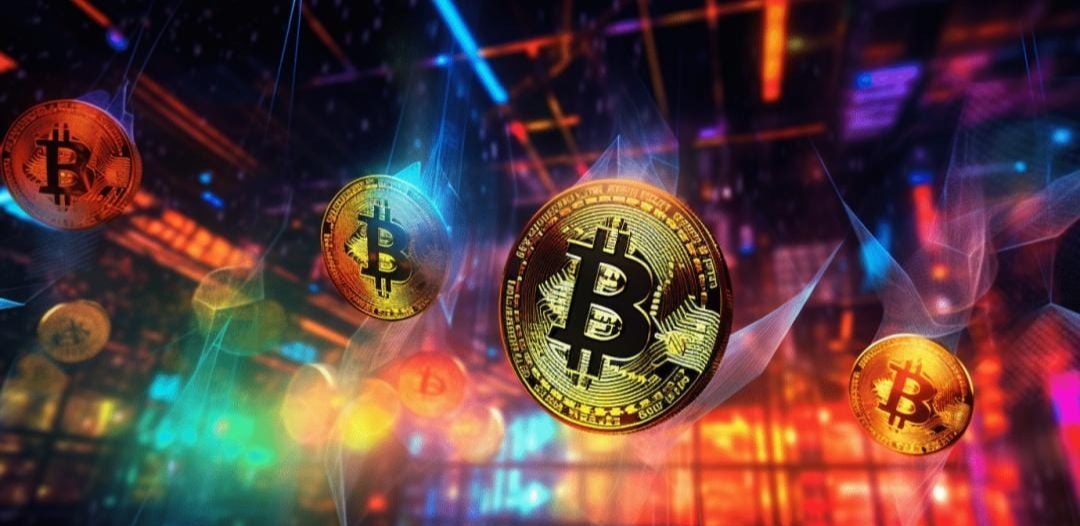 Assuming this wave can reach 200,000 US dollars, that would be about 1.4 million yuan. This bear market may correct 50%-60%, which means the bottom range is between 560,000 and 700,000. The next bull market could see a peak of 500,000 US dollars, which is about 3.5 million yuan, and if it corrects 50%, that would be 1.75 million yuan. This means that after this wave of bull-bear transition, it will be very difficult for an ordinary person to buy one Bitcoin. For a typical individual, such as a delivery driver or an ordinary salaried worker earning 100,000 a year, they would need to work for 17 years without eating or drinking to afford a Bitcoin priced at 1.75 million. However, BTC keeps rising, and you certainly can't keep up with that pace. Therefore, after this wave of bull-bear transitions, it will be nearly impossible for an ordinary person to own one BTC.
Assuming this wave can reach 200,000 US dollars, that would be about 1.4 million yuan. This bear market may correct 50%-60%, which means the bottom range is between 560,000 and 700,000. The next bull market could see a peak of 500,000 US dollars, which is about 3.5 million yuan, and if it corrects 50%, that would be 1.75 million yuan. This means that after this wave of bull-bear transition, it will be very difficult for an ordinary person to buy one Bitcoin. For a typical individual, such as a delivery driver or an ordinary salaried worker earning 100,000 a year, they would need to work for 17 years without eating or drinking to afford a Bitcoin priced at 1.75 million. However, BTC keeps rising, and you certainly can't keep up with that pace. Therefore, after this wave of bull-bear transitions, it will be nearly impossible for an ordinary person to own one BTC.
The third reason is that Satoshi Nakamoto's white paper, 'A Peer-to-Peer Electronic Cash System,' must be repeatedly reviewed until you understand it. What does it mean to understand? It means you will immediately take out money to buy BTC, even if it means starting with a 1% position.
I divide this into three levels: 1. The value of Bitcoin; 2. The inherent flaws of humanity; 3. The redistribution of social wealth.
First, let's talk about the value of Bitcoin:
1. When Bitcoin was first designed, it was to solve payment problems. You can see from its name that it is a peer-to-peer cash payment system. However, after all these years, it has not overturned the payment system because current payments are still acceptable. Moreover, payment with BTC is not very convenient (high GAS fees, 10-minute settlement). However, it has become a tool for storing value, hailed as digital gold, because its total amount is only 21 million coins, and there will be mining every year, and every four years there will be a halving. The halving every four years leads to a regular increase in its value (the previous three halvings have not broken the bull market pattern). The cryptocurrency circle has a celebration every four years, so many people say Satoshi Nakamoto is a football fan (because the World Cup is also every four years).
So summarizing its first value, it is a deflationary currency, with a total limit, halving every four years, and many have already been lost (currently over 3 million have been lost, and as time goes on, more will be lost), so the total supply will only decrease. We all know that scarcity creates value, such as high-quality jade, high-grade wood, etc., all exhibit these characteristics.
2. If you want to say what real value Bitcoin has, it actually doesn't have much value. Its only value lies in its explosive growth, which has attracted countless people's attention. Where there is attention, there is money. There is an economics book called 'Attention Economy' that discusses how to create a new economic system through attention, advertising, and marketing. This is why platforms like TikTok are so profitable because they can attract a large number of viewers. With traffic, they can convert and monetize. This has led many people to enter the market, for example, someone (Vitalik Buterin) created Ethereum, saying, 'I want to improve blockchain so that applications can be developed on Ethereum, making blockchain truly functional.' Consequently, people invested money into it. Where there are people, there is a market; where there is a market, there are business ventures, competition, deception, and various schemes. This has led to the cryptocurrency market's reputation not being very good. However, this year might be much better due to the approval of spot ETFs. The government should have more regulations and compliance, which is actually a significant positive. As compliance increases, the market will develop better over time.
So we can summarize its second value, which is its explosive growth, has attracted a lot of attention. Since its birth in 2008, there was no price at that time. In 2010, a trader bought two pizzas for 10,000 Bitcoins, which gave Bitcoin a price, and then it skyrocketed. Moreover, each increase is exaggerated by a factor. The last time it was 30 times, the time before that was 90 times. So this time at least 15 times? From the lowest point, that would be 200,000 US dollars. Therefore, currently, 60,000 US dollars is just the beginning. From each wave's peak, in 2013 it was 1,100 US dollars, in 2017 it was 19,000, which is about 20 times; then in 2021 it was 69,000, which is about 3 times. So this peak at least has 2 times, which means 70,000 * 2 = 140,000 US dollars, so there is also an expectation of 150,000 US dollars.
3. The value of Bitcoin, the value of the currency standard, is that it is currently the faith subject in the blockchain world; without Bitcoin, nothing else matters. The total market value of cryptocurrencies is 2.4 trillion US dollars, while the total market value of BTC is currently 1.2 trillion US dollars, accounting for 50% of the share.
In our real world, it is fiat currency standard, that is, everything will be measured according to the current country's currency. For example, a steamed bun costs 3 yuan in China, while in the US, a pizza might cost 20 dollars. In ancient times, we might have used the gold standard, exchanging gold and silver as currency. For example, a bowl of wine might cost one tael of silver. Looking further back, there might have been shell currency; for instance, primitive people might have used shells for trade, meaning they were shell standard. In the cryptocurrency circle, we must think in terms of currency standard, meaning we must find ways to exchange for BTC. When cryptocurrencies first came out, there were no stablecoins; all other currencies were traded against BTC, so BTC is the cornerstone of all currencies.
Two. The inherent flaws of humanity.
The second question, let's talk about the flaws of humanity: why do most people fail to hold onto BTC? We often hear, 'I made 10 times my investment in Bitcoin and I'm very happy,' but what you don't know is that they actually missed out on 100 times. Because after selling at 10 times, it's really hard to buy back at a higher price again. People are loss-averse; this is a flaw of humans.
The second flaw of humanity is that people are inherently short-sighted; I mean most people, while a small part of people are long-sighted. These people become great figures, such as Elon Musk, who wants to build rockets to immigrate to Mars. He might not even know if he can complete this plan while alive, which is somewhat great, and he has also achieved tremendous results. Similarly, there are Steve Jobs from Apple, Bill Gates, etc.
But human short-sightedness is not something we can easily change; it's carved into our genes. Because in ancient times, we might not have enough food to eat each day, and not enough warmth to wear, how could we think about 10 years later? I am definitely thinking about what tools I will use tomorrow, what prey I will hunt, and where the prey will appear. When I catch the prey, I will think about how to store that food well, so at most I can only think about activities within three days. This has been engraved in our bones after thousands of years of evolution. It is normal for us to secure 10 times the profit today. Although it is difficult for us to change, we must understand the principle and try to look further. For example, can you make a 10-year plan? You can ask people around you what their 10-year plan is. I think most people do not have an answer. So if we want to become excellent, we should first give ourselves a 10-year plan. My current 10-year plan is to present a 10-year blockchain program to everyone. I can't see 20 years ahead, and I am not as great as Musk.
Three. The redistribution of social wealth?
Why are retail investors' Bitcoins becoming fewer?
1. Because wealth itself has a gathering effect, money or wealth will gather towards places with more money or more wealth, and it will form a cycle where the rich get richer and the poor get poorer. The same principle applies to BTC. This point was actually written by Marx in 'Capital' long ago, and it proves that one day in the future, when the gap between rich and poor is very large and the poor have no money to eat, it will be the time to start a revolution. Then communism may come, but we are not sure if we will experience that day.
2. Let's look at the current distribution of gold holdings, which can actually give us some inspiration. Currently, the reserves of gold are primarily in the US at 68%, followed by Germany, Italy, and France, which actually correlate with the strength and development level of the country. Moreover, we often see wealthy Americans wearing gold jewelry, and even having gold teeth, which is quite extravagant, right? So wealth tends to flow to where there is more money.
3. Current distribution of Bitcoin.
Let's look at the current distribution of Bitcoin. Satoshi's address has 1.1 million (5%), 3.7 million are lost (17.6%), miners have 700,000 (3.4%), retail investors have 12 million (57%), governments have 560,000 (2.7%), ETF funds have 800,000 (3.9%), institutions have 750,000 (3.6%), and there are still 1.3 million coins yet to be mined. This means that currently about 4 to 5 million coins are permanently lost.
So currently, the situation is that there are actually more retail investors than institutions and governments, so it is a good time for retail investors. As the process progresses, I think this ratio may reverse. It means that in the future, institutions and governments might hold 56% of the tokens (100-5.2-17.6-6.6)*0.8, while retail investors only hold 5%-6% of the tokens. This is also the saying we often hear, which is that 20% of the world's population holds 80% of the wealth.
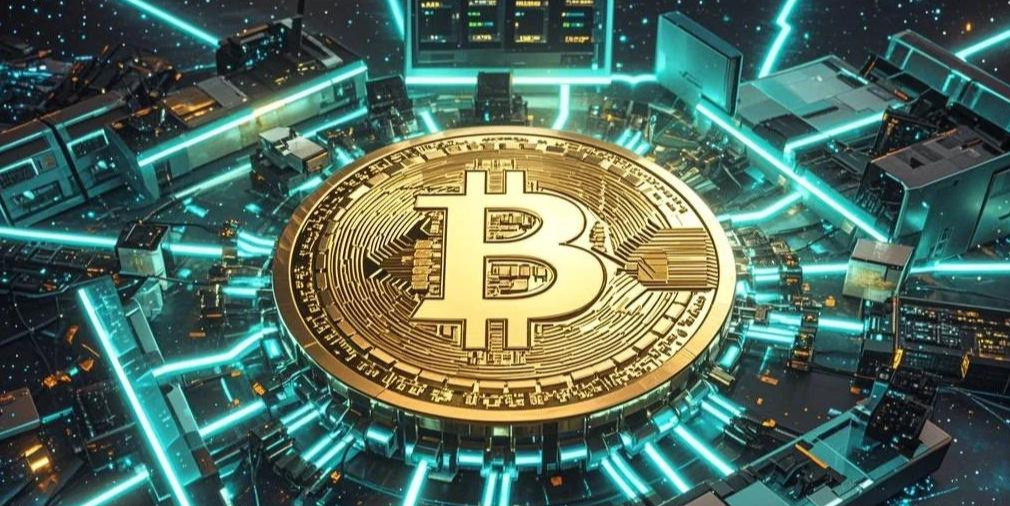
Methods tested: Win rate up to 90% (four-step strategy + three don'ts + six rules), simple and practical! Sharing with everyone:
Last year, in 2024, with a small account of 80,000 capital, it has now grown to over 80 million!
Step one: Choose the right currency.
Open the daily chart and first check the MACD indicator. Only select currencies that show a golden cross signal (the MACD line crosses above the signal line from below), especially those that show a golden cross above the zero axis. This type of signal has a higher success rate. Simply put, this is the 'buy signal' that the market provides.
Step two: Determine buy and sell using moving averages.
Focus on a moving average—daily moving average (e.g., 20-day moving average). There are only two rules:
Online holding: Hold comfortably when the price is above the moving average.
Immediately sell offline: Once it drops below the moving average, liquidate immediately; don't hesitate.
This line is your 'seat belt.' If it drops below, stop-loss must be executed; it's simple and effective.
Step three: Position management.
Timing for increasing positions: If the price breaks above the moving average and the volume also increases in tandem, you can consider increasing your position.
2. Sell in batches:
Increase by 40%: sell 1/3 first.
Increase by 80%: sell another 1/3.
Break the moving average: Sell all remaining.
This can lock in profits and also avoid being stuck.
Fourth step: The iron rule of stop-loss.
The moving average is core; if it suddenly drops below the moving average the next day, you must immediately liquidate. Even if the coins chosen earlier were great, breaking the moving average indicates a change in trend; don't stubbornly hold on. Wait for it to stabilize above the moving average before returning.
Three don'ts: Avoid common traps.
Do not chase the rise.
Don't rush in when everyone is buying; instead, calmly observe when everyone is panicking. For example, if the price drops but indicators start to improve, it might be an opportunity.
2. Do not put all your eggs in one basket.
Disperse funds across different currencies; don't put all your eggs in one basket. For example, divide into five parts and only invest one part at a time; this way, single errors have controllable losses.
3. Do not operate with a full warehouse.
Keep some money to deal with emergencies. There are opportunities in the market every day; there's no need to bet everything at once.
The six rules for short-term trading: Summary of practical experience.
High-level consolidation may create new highs; low-level consolidation may create new lows.
Wait until the direction is clear before taking action; don't rush to enter the market.
2. Don't move around during sideways trading.
Most people lose money because they can't resist the urge to act at this time. Sideways trading means the market is 'holding back'; patiently wait for signals.
3. Buy on bearish lines, sell on bullish lines.
Consider buying when the daily line closes in the red, and consider selling when it closes in the green. Going against short-term volatility is often safer.
4. The slower the drop, the weaker the rebound; the sharper the drop, the stronger the rebound.
Adjust strategies flexibly based on the speed of decline to determine the strength of the rebound.
5. Buy in batches to reduce risk.
For example, buy 10% the first time, increase by 5%, then add another 10%, and so forth. This averages costs and diversifies risks.
6. Significant price fluctuations must lead to sideways trading.
After continuous rises or falls, the market usually enters sideways consolidation. Don't sell everything at high points; don't buy everything at low points. Wait for signals before acting.
Summary: Steady progress is the way to go.
Remember:
Don't be led by emotions: Operate strictly according to the rules; don't let impulses like 'wait a bit longer,' 'catch the bottom,' or 'chase the rise' cloud your judgment.
Small profits continuously: Accumulate small profits through incremental buying and selling and moving average stop-loss, gradually achieving compound growth.
Leave room: Diversify your funds and avoid putting all your eggs in one basket so that you can survive longer in the market and profit longer.
The cryptocurrency market does not lack opportunities; what it lacks is calmness and patience. Use simple strategies to filter noise, focus on trends, and over the long term, steadily making profits is actually more reliable than 'getting rich overnight.'
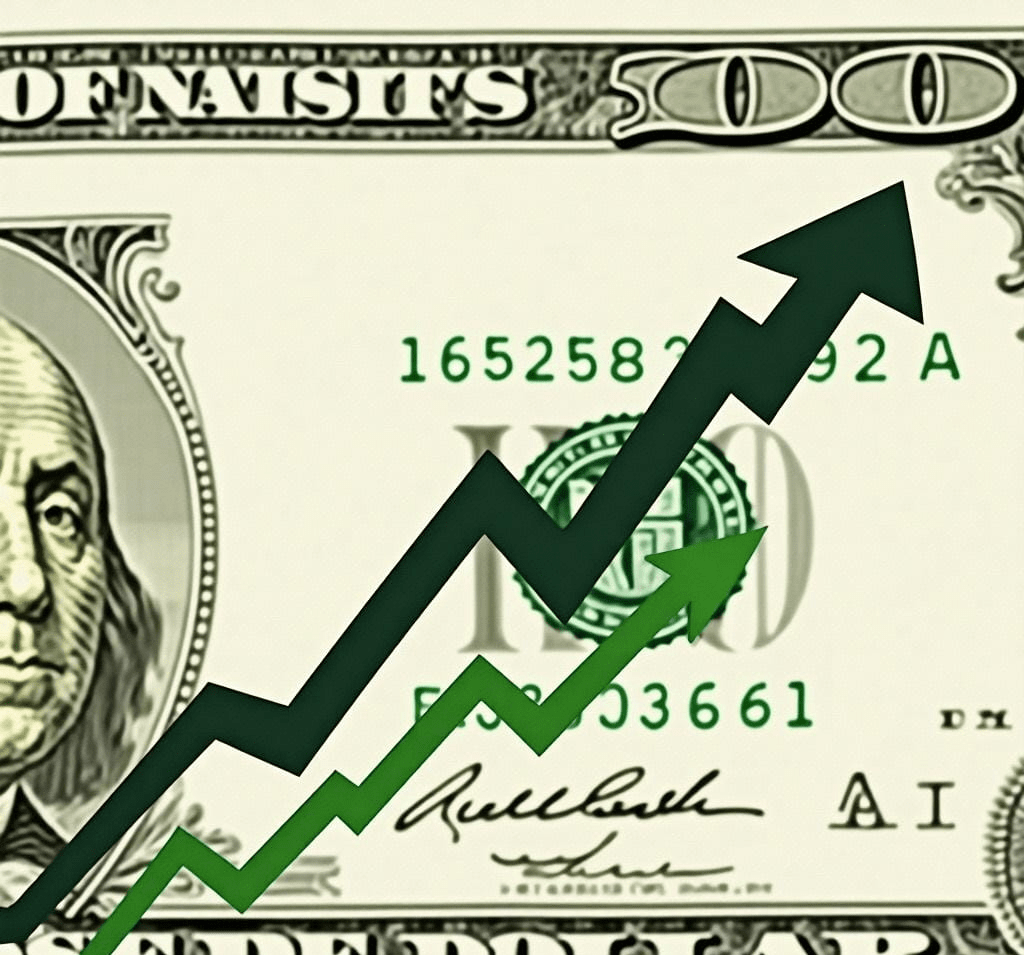 The last three suggestions are for you, who are confused.
The last three suggestions are for you, who are confused.
1. Differentiate how to use money: If you have time and energy, you can divide your money into three parts—50% for long-term investment, 30% for some fun short-term trades, and 20% to take a gamble; if you lose, consider it tuition fees.
2. Don't keep staring at the coins: If you have coins, you should have a plan; if you don't have coins, don't dwell on them all day. The highest state is to step out of this circle and not be bound by it.
3. Learn to wait: Waiting is not wasting time; it is about figuring out who you are and what you want to do. Opportunities will always come; don't rush blindly.
Summary: Learn more and observe more; mindset is king.
There are countless coins in the cryptocurrency market, with several hundred in the market; no one can fully understand them all. Use part of your money for long-term investments to make the easiest profits; don't keep frequent trading; the more you tinker, the more likely you are to make mistakes. Also, patiently wait for your own opportunities. I make a living through technical analysis, and I am willing to be your friend on your investment journey. I hope everyone can successfully make money!
I am Xiao Yue, a professional analyst and educator, a mentor and friend on your investment journey! As an analyst, the most basic thing is to help everyone make money. To solve your confusion and being stuck, let my strengths guide you. When you are lost and don't know what to do, follow Xiao Yue, and I will guide you in the right direction #巨鲸动向 $ETH.

